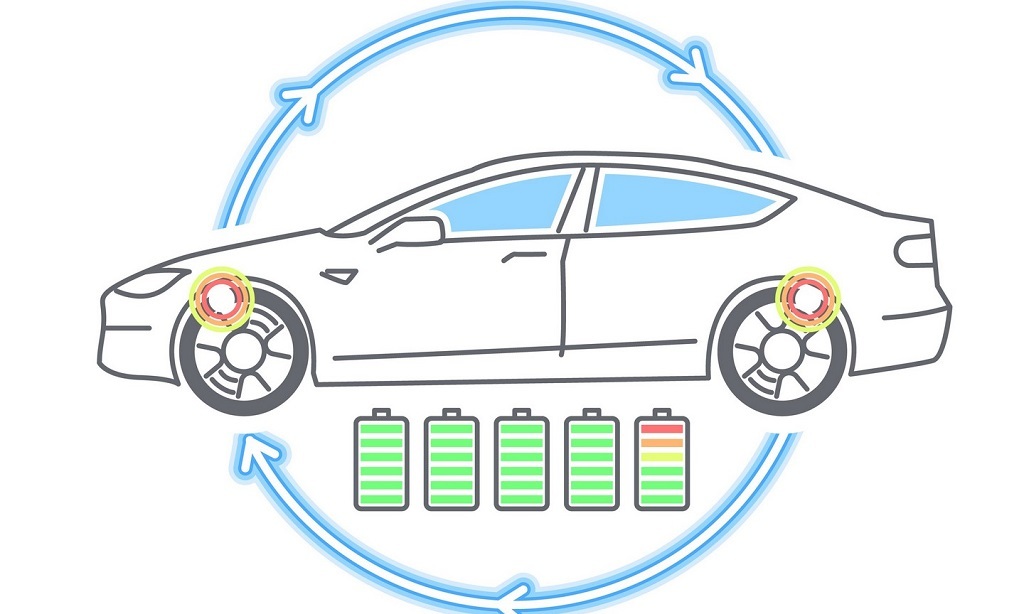Regenerative braking is a way of getting power back into the battery. It stores some of the energy usually lost during braking. That conserved energy then recharges the car’s battery to power the motor. It’s one of the extraordinary things about hybrids and electrics.
How does this braking system work? Does this have any extra benefit over the traditional braking system? Let’s resolve all of your confusion.
Contents
How the Regenerative Braking Works
The braking system is a way for hybrid and electric vehicles to recapture their energy and recharge their batteries. That energy would be lost as heat in conventional engines.
The electricity produced by this conversion can either be saved in a battery or used immediately by the electric motor to help power the vehicle forward.
In gasoline engines, the brakes use friction to slow the car down. This turns the kinetic energy of your vehicle into thermal energy that has to be dispersed. This thermal energy dissipates as heat, which is why brake pads often get so hot.
If you’ve ever driven on a highway with lots of hills—or even if you just drove up a long set of stairs—you know how hot your brakes can get.

In a hybrid or electric vehicle, another source of braking power works besides the friction brakes. When you apply the brakes, kinetic energy is converted into electrical energy then used to recharge the battery. This helps extend the car’s range and reduces the need to charge it as often.
Let’s say you’re driving a Toyota Prius. There are two engines: one that powers the wheels and one that charges up batteries. When you need to slow down, instead of using the brake pedal (which would be attached to the wheels), you can push on what we call the “regen” button (it stands for “regenerative”). This reverses the energy flow from the batteries back into the wheels, slowing you down without wasting any kinetic energy as heat.
The Unique Benefits of Regenerative Braking
Hybrid and electric vehicles offer some unique advantages over regular gas or diesel cars because of this braking system. Here are some of the most important ones:
Reduces the carbon footprint of the car
This is because your kinetic energy is not going to waste but the system will use it to power something. It is also one of the main ways to reduce fossil fuel use and decrease greenhouse gasses emitted by an automobile.
So, this braking helps reduce fuel consumption and emissions from your car. This makes your vehicle more environmentally friendly and can help you save money on gas.
Less wear on brake pads
As we mentioned earlier, this braking reduces the amount of heat generated when you apply the brakes. This helps prolong the life of your brake pads and reduces the need for replacements.
SEE MORE
- The Importance of Automatic Emergency Braking
- Hybrid Car Maintenance Questions You Should Ask Before Buying
Improves mileage range
In electric cars, this braking technology extends the car’s range by recharging the battery. This makes it easier to drive long distances without stopping and charging the vehicle.
Increases efficiency
It helps power both the electric motor and the gasoline engine in hybrid cars. This increases the car’s overall efficiency and reduces fuel consumption.
Conclusion
Regenerative braking is an innovative technology for electric and hybrid vehicles. It offers many benefits along with reducing environmental impact. Try it out and see how much of a difference it can make for you.



